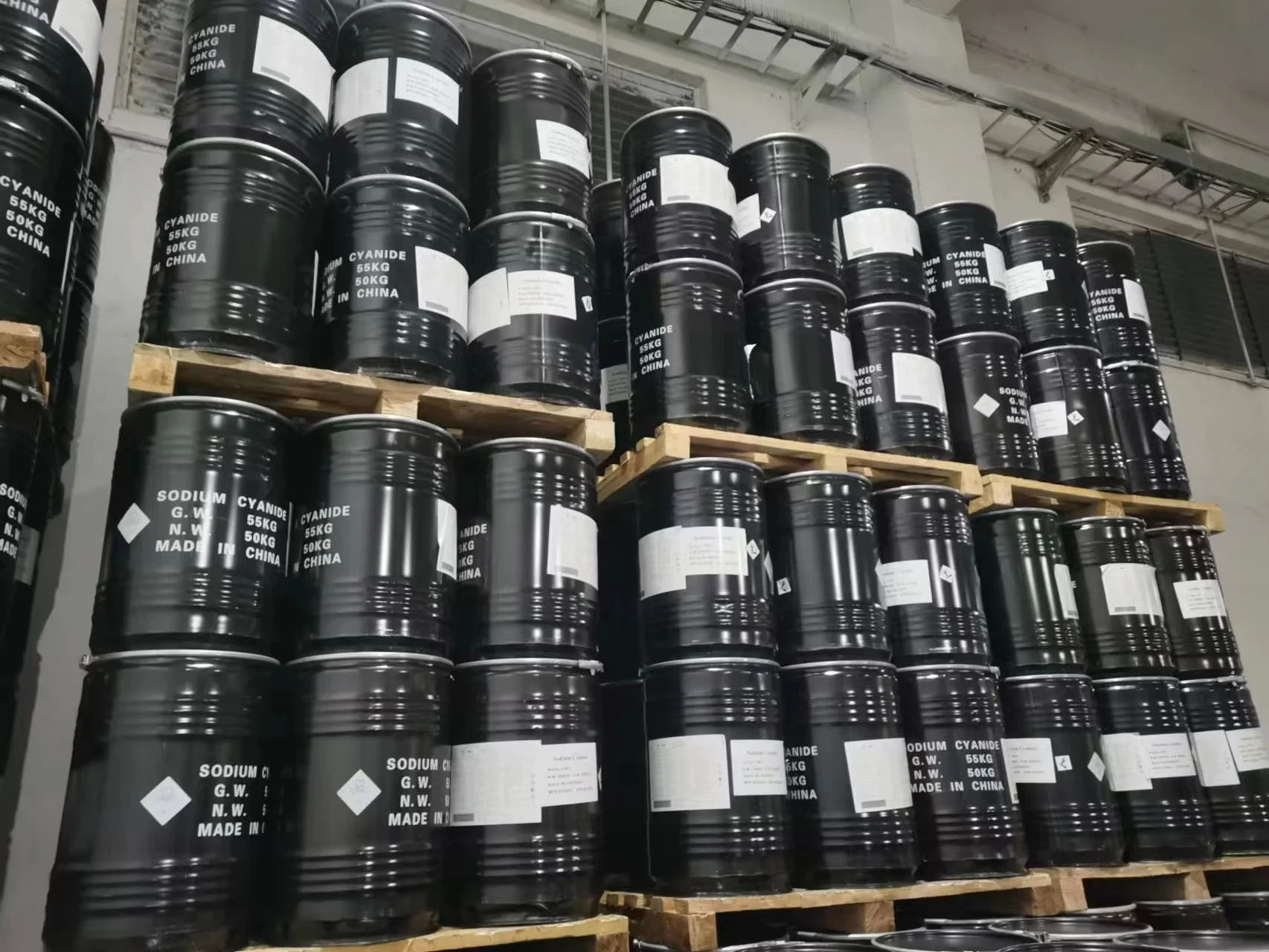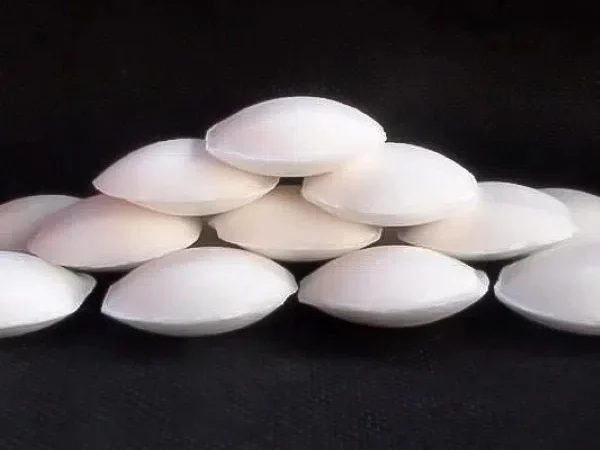Sodium cyanide is a crucial component in the Gold mining industry, particularly as a Leaching agent. Below are five frequently asked questions that will help you better understand the role of Sodium cyanide in mining.

1. What is Sodium Cyanide, and how is it used in gold mining?
Sodium cyanide is a highly toxic chemical compound that is primarily used in the gold Mining industry for the extraction of gold from ore. It works by forming a complex with gold, allowing it to be separated from other materials in the ore through a process known as cyanidation. This method is effective for extracting gold from low-grade ores.
2. Why is sodium cyanide preferred over other leaching agents?
Sodium cyanide is preferred due to its high efficiency in dissolving gold and its ability to work effectively in a variety of conditions. It has a relatively low cost compared to other leaching agents and can extract gold from ores that contain very low concentrations of the metal. Additionally, the process can be easily controlled and monitored, making it a popular choice in the industry.
3. What are the environmental concerns associated with sodium cyanide?
The use of sodium cyanide in gold mining raises significant environmental concerns due to its toxicity. If not managed properly, cyanide can contaminate water sources, harm aquatic life, and pose health risks to nearby communities. Mining companies are required to implement strict safety measures and waste management practices to minimize the risk of cyanide spills and leaks.
4. How do mining companies ensure the safe use of sodium cyanide?
Mining companies implement a variety of safety protocols to ensure the safe use of sodium cyanide. These include training workers on handling and emergency response, using closed-loop systems to minimize exposure, regular monitoring of cyanide levels in the environment, and adhering to regulatory guidelines. Additionally, many companies are investing in research to develop alternative methods for Gold extraction that are less harmful to the environment.
5. Are there any alternatives to sodium cyanide in gold mining?
Yes, several alternatives to sodium cyanide are being researched and developed, including thiosulfates and Eco-Gold Leaching Chemicals. These alternatives aim to reduce the environmental impact and toxicity associated with traditional cyanide leaching. However, many of these methods are still in the experimental stages and may not yet be as effective or cost-efficient as sodium cyanide for large-scale gold extraction.
By understanding these key aspects of sodium cyanide, you can gain a better insight into its role in gold mining and the associated challenges and responsibilities.
- Random Content
- Hot content
- Hot review content
- Seismic Electric Detonator(Anti static,Water Resistance)
- 99.5% min Ammonium Chloride For Industrial Use
- Sodiumsulfite Technical Grade 96%-98%
- Phosphoric Acid 85% (Food grade)
- Sodium Metasilicate Pentahydrate
- 2-Hydroxyethyl acrylate (HEA)
- Copper Sulfate Monohydrate (CuSO4-H2O) Powder (Cu:34% Min)
- 1Discounted Sodium Cyanide (CAS: 143-33-9) for Mining - High Quality & Competitive Pricing
- 2China's New Regulations on Sodium Cyanide Exports and Guidance for International Buyers
- 3Sodium Cyanide 98% CAS 143-33-9 gold dressing agent Essential for Mining and Chemical Industries
- 4International Cyanide(Sodium cyanide) Management Code - Gold Mine Acceptance Standards
- 5China factory Sulfuric Acid 98%
- 6Anhydrous Oxalic acid 99.6% Industrial Grade
- 7Oxalic acid for mining 99.6%
- 1Sodium Cyanide 98% CAS 143-33-9 gold dressing agent Essential for Mining and Chemical Industries
- 2High Quality 99% Purity of Cyanuric chloride ISO 9001:2005 REACH Verified Producer
- 3Zinc chloride ZnCl2 for High Molecular Weight Polymers Initiator
- 4High Purity · Stable Performance · Higher Recovery — sodium cyanide for modern gold leaching
- 5High Quality Sodium Ferrocyanide / Sodium Hexacyanoferr
- 6Gold Ore Dressing Agent Safe Gold Extracting Agent Replace Sodium Cyanide
- 7Sodium Cyanide 98%+ CAS 143-33-9











Online message consultation
Add comment: